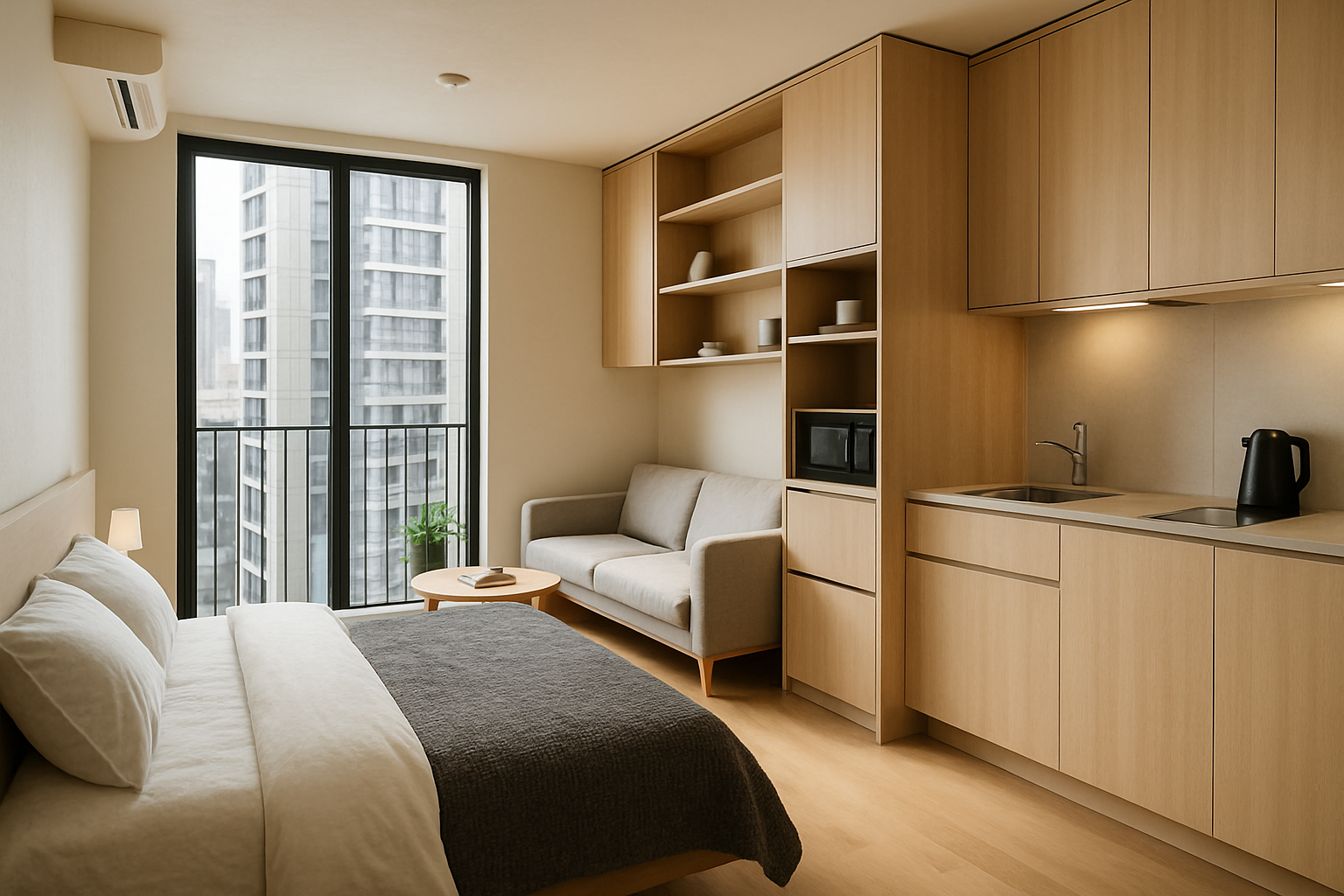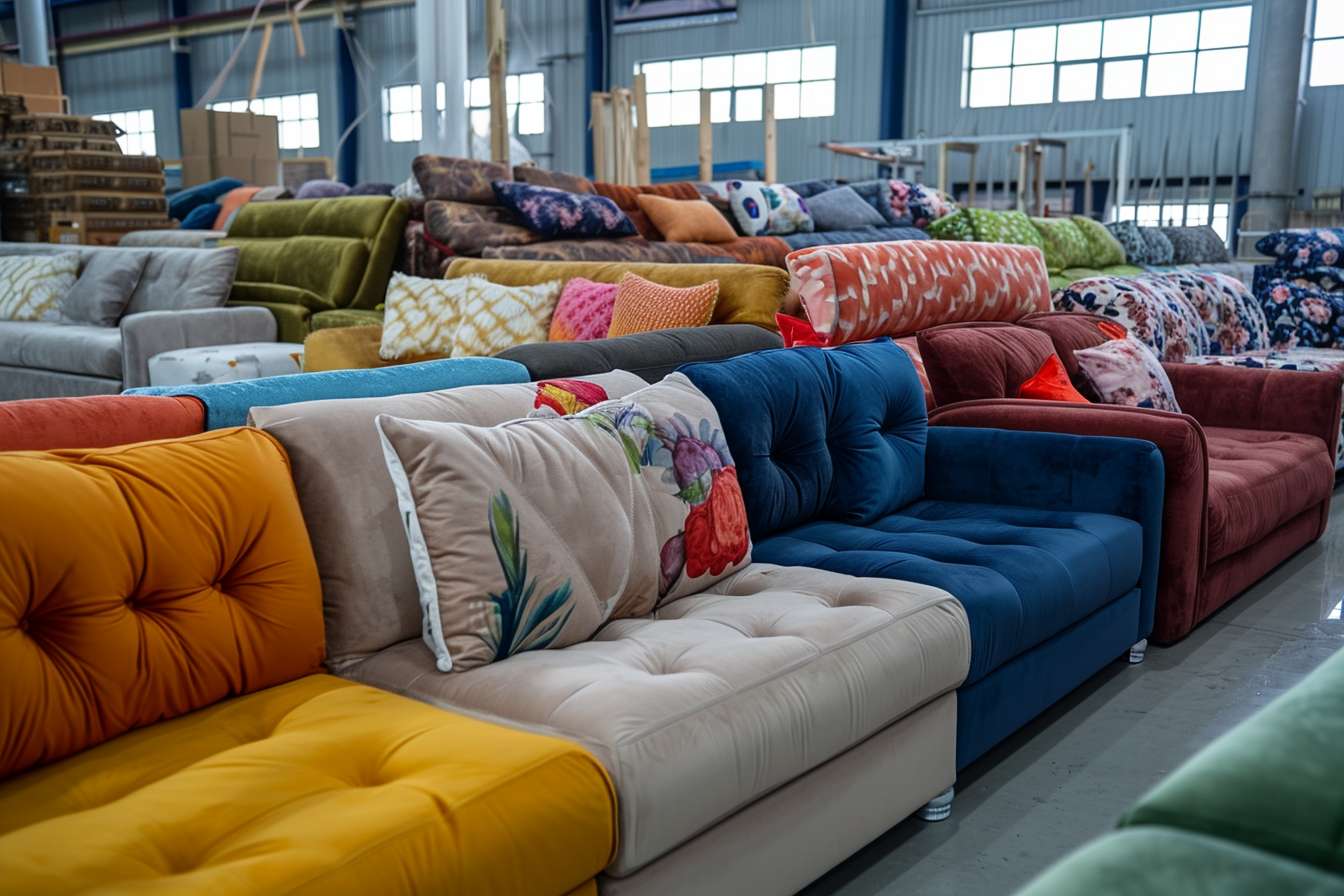Micro-Apartments: The Future of Urban Living?
In the heart of bustling metropolises, a new trend is reshaping the landscape of real estate: micro-apartments. These compact living spaces, typically ranging from 150 to 400 square feet, are gaining traction as a solution to urban housing shortages and skyrocketing rents. With land at a premium in major cities, developers and city planners are turning to these efficient dwellings to maximize space and affordability. But what does this shift mean for renters, investors, and the future of urban living?

The driving forces behind this trend are multifaceted. Urbanization continues to surge, with the United Nations projecting that 68% of the world’s population will live in urban areas by 2050. This influx of city dwellers, coupled with rising housing costs and changing lifestyle preferences, has created a perfect storm for the micro-apartment revolution.
Design Innovations in Small Spaces
One might assume that living in such a small space would be cramped and uncomfortable. However, architects and designers are rising to the challenge, creating ingenious solutions that maximize every square inch. Multifunctional furniture, such as beds that transform into desks or dining tables that fold into walls, allows residents to reconfigure their space throughout the day.
Vertical space is utilized to its fullest potential, with loft-style sleeping areas and floor-to-ceiling storage solutions. Some micro-apartments even incorporate smart home technology, allowing residents to control lighting, temperature, and appliances through their smartphones, further enhancing the efficiency of the space.
The Financial Equation
From an investment perspective, micro-apartments present an intriguing opportunity. In prime urban locations, these units can command higher rents per square foot compared to traditional apartments. For developers, this translates to potentially higher returns on investment, especially in areas where land acquisition costs are steep.
For renters, micro-apartments offer a chance to live in desirable neighborhoods at a fraction of the cost of larger units. This affordability factor is particularly appealing to young professionals, students, and those just starting their careers in expensive cities. While the monthly rent may still be substantial, it’s often significantly less than what one would pay for a standard-sized apartment in the same area.
Regulatory Challenges and Zoning Laws
The proliferation of micro-apartments hasn’t been without its hurdles. Many cities have minimum size requirements for residential units, which can pose challenges for developers looking to build these compact dwellings. In some cases, local governments have had to revise zoning laws and building codes to accommodate this new housing typology.
Critics argue that allowing such small living spaces could lead to overcrowding and substandard living conditions. In response, proponents point to the careful design considerations and the role micro-apartments play in addressing housing shortages. As a result, cities are grappling with how to balance the need for affordable housing options with concerns about quality of life and urban density.
Impact on Urban Demographics and Lifestyle
The rise of micro-apartments is not just changing the physical landscape of cities; it’s also influencing urban demographics and lifestyles. These compact units tend to attract a specific demographic: typically young, single professionals who prioritize location over space. This concentration of a particular demographic in urban cores can have ripple effects on local businesses, transportation systems, and community dynamics.
Moreover, the micro-living trend aligns with a shift towards minimalism and experiences over possessions. Residents of these units often report spending more time exploring their neighborhoods and engaging in city life, rather than accumulating belongings or staying home. This lifestyle shift could have long-term implications for consumer behavior and urban planning.
Environmental Considerations
From an environmental standpoint, micro-apartments present both benefits and challenges. On the positive side, smaller living spaces generally consume less energy for heating, cooling, and lighting. The compact nature of these developments can also contribute to denser urban cores, potentially reducing reliance on cars and promoting walkable communities.
However, the construction of new micro-apartment buildings, especially if they replace older structures, raises questions about embodied carbon and the environmental impact of development. Additionally, the turnover rate in these units tends to be higher, which could lead to increased waste from frequent moves and renovations.
The Future Outlook
As cities continue to grapple with housing affordability and space constraints, micro-apartments are likely to remain a significant part of the urban housing landscape. However, their long-term success will depend on several factors, including regulatory support, design innovations, and shifts in cultural attitudes towards living space.
Some experts predict that the micro-apartment trend could evolve into more communal living arrangements, where private sleeping quarters are complemented by shared living spaces and amenities. This model could offer a balance between privacy and community, potentially addressing some of the criticisms leveled at micro-living.
In conclusion, micro-apartments represent a fascinating intersection of real estate development, urban planning, and changing lifestyle preferences. While they may not be a universal solution to housing challenges, they offer a compelling option for certain demographics and could play a crucial role in shaping the cities of tomorrow. As this trend continues to evolve, it will be essential for investors, developers, and policymakers to closely monitor its impacts and adapt accordingly to ensure sustainable and livable urban environments.





